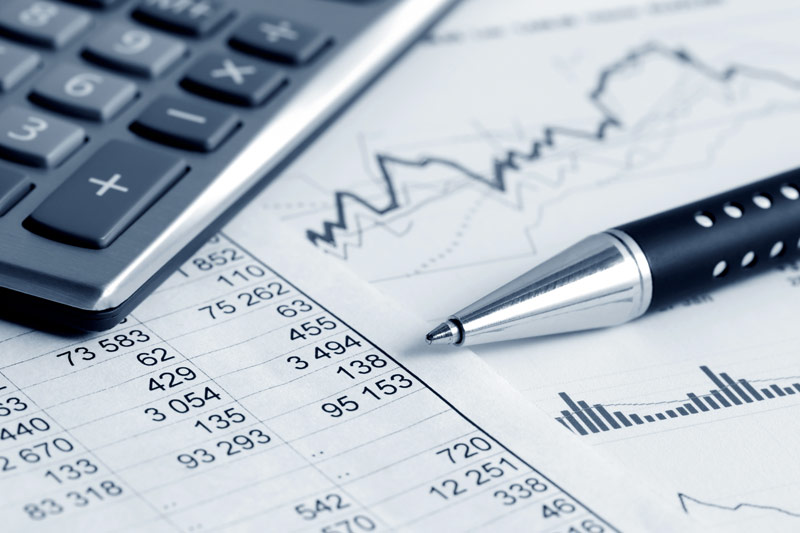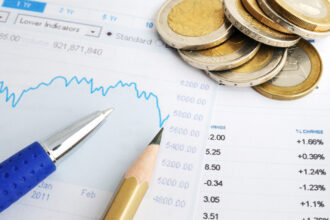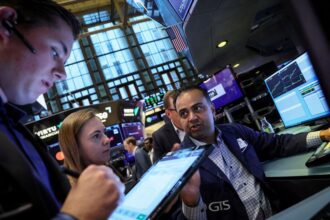The Bank of England (BoE) is expected to announce its fifteenth consecutive interest rate hike since December 2021 on Thursday, which could raise the Bank Rate by 25 basis points (bps) from 5.25% to 5.50%. This would mark the highest borrowing costs since 2007 and potentially signify the end of one of the UK’s most significant tightening cycles in recent history.
However, this decision is being reconsidered due to softer than anticipated UK inflation data for August. The Pound Sterling (GBP), which is likely to react significantly to the BoE’s decision, remains vulnerable near five-month lows of 1.2304, while the US Dollar (USD) has reached a fresh six-month high.
Despite the projected rate hike, economic indicators suggest that the BoE might hint at a pause in its tightening cycle. The UK economy managed to grow by 0.2% in Q2, defying stagnation expectations. However, economists warn that the effects of higher rates have yet to fully manifest, and future growth prospects appear bleak.
The country’s Unemployment Rate rose to 4.3% in the quarter through July from 4.2% in the preceding three months. July saw a loss of 207K jobs following a reduction of 66K jobs in June. Average earnings excluding bonuses increased by a record-tying 7.8% YoY in July.
The annual Consumer Price Index (CPI) in the UK increased by 6.7% in August, down from a rise of 6.8% in July, according to data released by the Office for National Statistics (ONS). This was contrary to market predictions of a 7.1% increase. Services CPI rose by 6.8% YoY as compared to July’s surge of 7.4%. The ONS noted that the largest downward contributions to CPI rates came from food and accommodation services.
This unexpected dip in UK inflation has cast shadows on the BoE’s rate hike plan. The market is now pricing a 50% probability of a 25 bps rate increase by the BoE, down sharply from an 80% chance seen before the UK inflation data was released.
If the BoE decides to pause its tightening cycle or sends a dovish message alongside a 25 bps rate hike, is likely to experience a fresh downswing toward the 1.2250 psychological level. However, if the Bank hints at a possibility of one more rate hike by year-end, the Pound Sterling could stage a decent recovery toward the 1.2500 threshold.
Meanwhile, in the US, the Dollar and US Treasury bond yields continue to rise due to a hawkish pause in the Federal Reserve (Fed) rate hike. The Summary of Economic Projections (SEP), also known as the ‘Dot Plot’ chart, revealed that Fed projections imply one more 25 basis points (bps) rate hike this year and 50 bps of rate cuts in 2024, as opposed to 100 bps of 2024 cuts projected in June. This has led to a drop in US amid risk-aversion on the Fed’s ‘high for longer’ interest rate view.
In terms of GBP/USD trading, key technical levels include recapturing the 200 DMA support-turned-resistance to initiate any significant recovery toward the 1.2500 figure. If this level is breached, GBP/USD buyers will face resistance from the descending 21 DMA at 1.2520. On the downside, immediate support is found at April’s low of 1.2275, below which a sell-off toward the 1.2200 threshold cannot be ruled out.
Today’s heat map shows percentage changes of major currencies against each other. The Pound Sterling was the weakest against the US Dollar.
This article was generated with the support of AI and reviewed by an editor. For more information see our T&C.
Read the full article here








